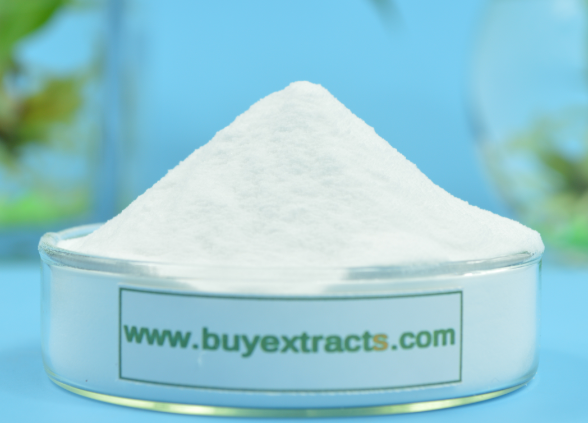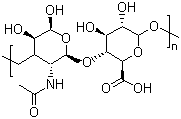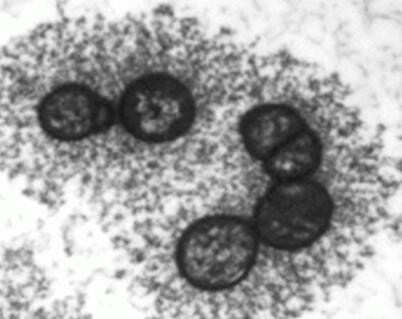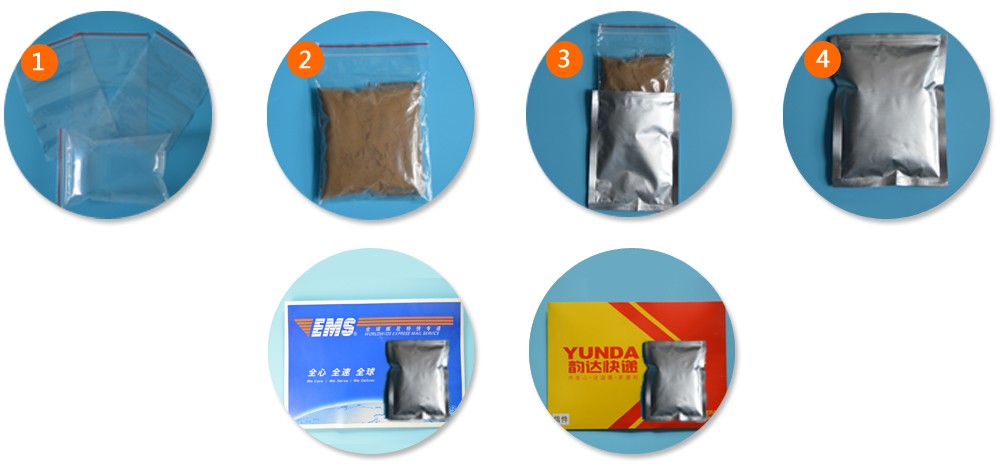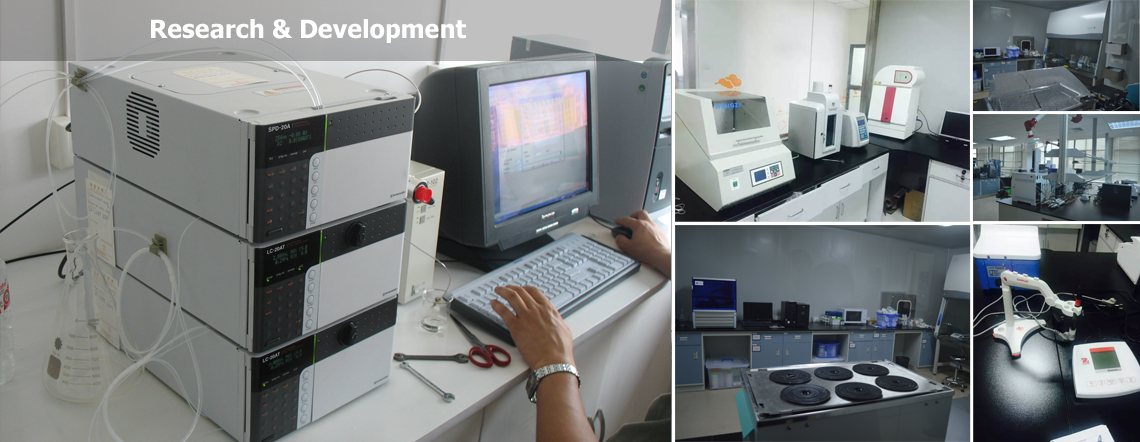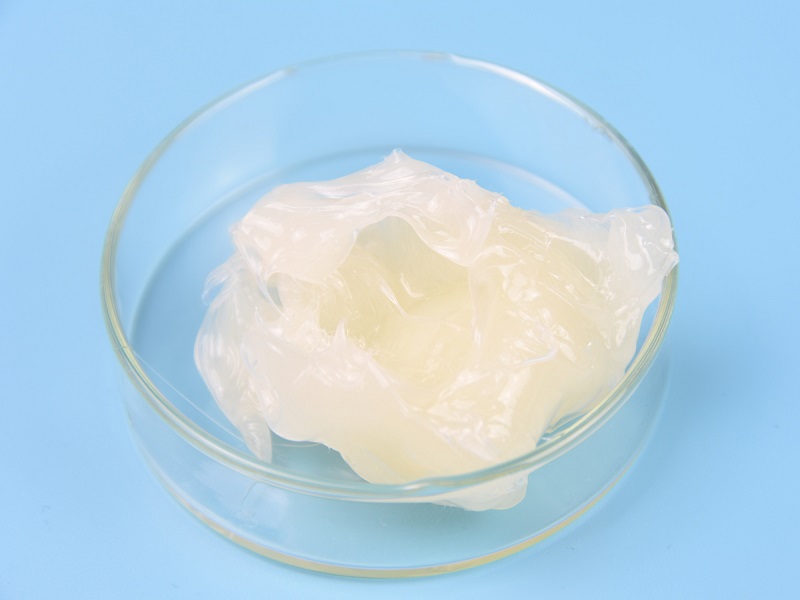1. Skin care
Hyaluronic Acid can heal dryness when applied to face. Hyaluronic Acid holds up to 1,000 times its weight in water. It draws moisture out of the environment and forms a protective, hydrating barrier on the skin.
Some research suggests that injecting a specific hyaluronic acid product (Perlane) into the skin can help smooth moderate to severe facial folds and wrinkles. Perlane attracts and binds water molecules to help smooth away wrinkles and folds. The injection should be done by a healthcare provider with an ultrafine needle.
Topical application of hyaluronic acid gel can improve skin healing.
2. Osteoarthritis
Injection of hyaluronic acid compounds into osteoarthritic joints, primarily the knee, has been shown to reduce stiffness and joint pain. Hyaluronic Acid is an important constituent of joint fluid, where it serves as a cushion and lubricant and plays a role in resisting compressive forces, but its amount and molecular structure are altered in osteoarthritic joints.
3. Eye problems
Hyaluronic acid is a major ingredient of the vitreous humor that fills the inner chamber of the eye. So it can be used to treat some eye problems.
Injecting hyaluronic acid into the eye is effective when used during cataract surgery by an eye surgeon.
Some research shows that applying a specific hyaluronic acid eye drop might relieve dry eye.
Some research suggests that hyaluronic acid might be injected into the eye to treat detached retina or other eye injuries.
4. Gingivitis
Hyaluronic acid is an important connective tissue component in the gums. Topical hyaluronic acid treatments (gels and sprays containing hyaluronic acid) have been shown to help reduce bleeding tendency and other indicators of gingivitis.
*The Content here is not intended to be a substitute for professional medical advice, diagnosis, or treatment. Always seek the advice of your physician with any questions you may have regarding a medical condition.

